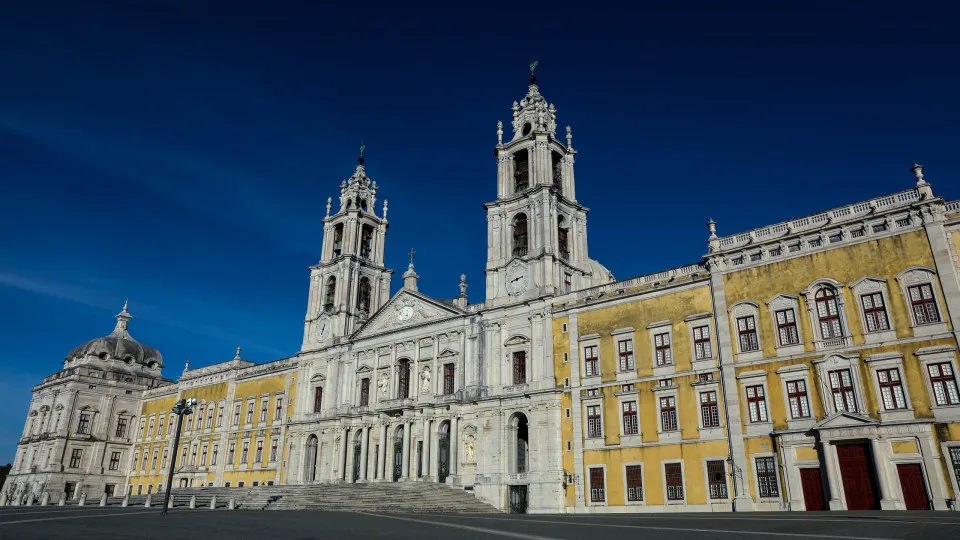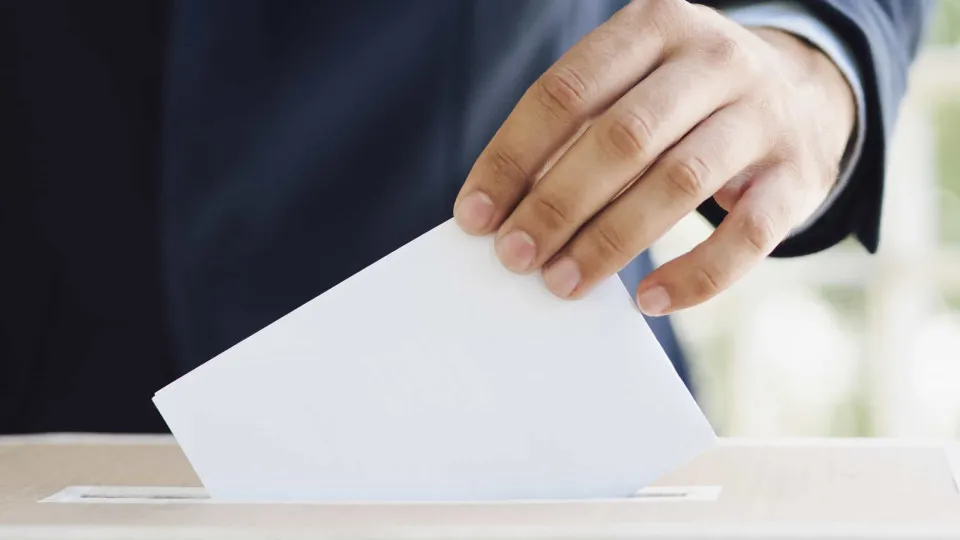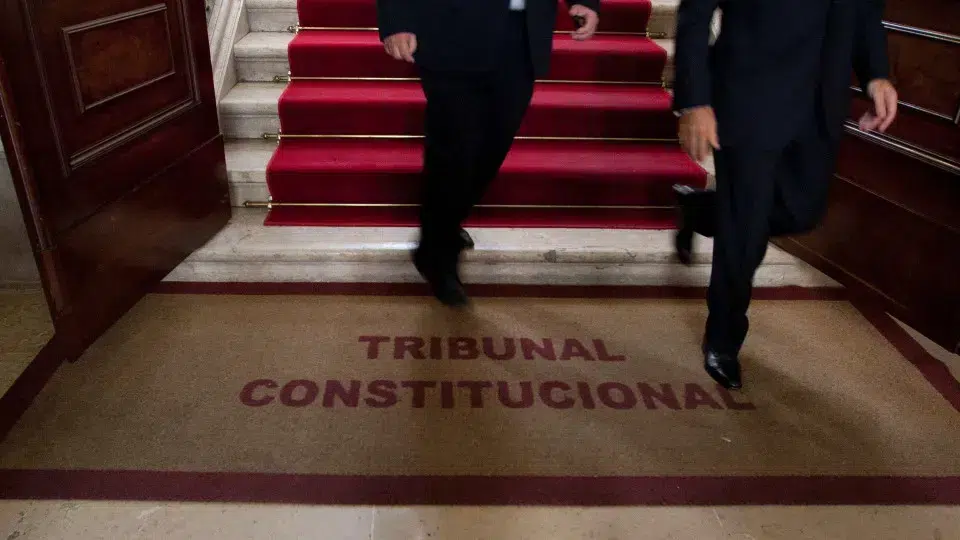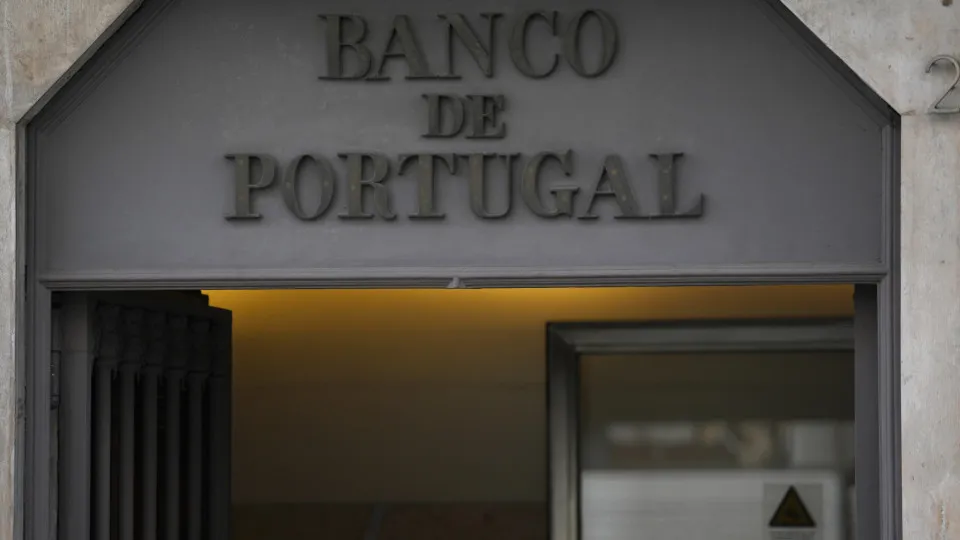
On World Music Day, the MMP has announced that the grand opening, set for a Saturday, will feature a variety of concerts stretching throughout the weekend and into the following days.
Entry will be free from November 22 until the end of the month, subject to space limitations. Visitors are advised to reserve tickets through the Bilheteira da Museus e Monumentos de Portugal website, where the complete program will be available.
The schedule will include various musical performances, such as those by composer and percussionist Iúri Oliveira, the Orquestra de Foles, the Orquestra de Gamelão from NOVA FSCH and the Indonesian Embassy, and the LVSITANVS carillon, noted as the largest and heaviest mobile carillon in the world.
The MNM will offer an immersive multimedia hall featuring the premiere of a piece commissioned from illustrator Bernardo Carvalho and musician Ricardo Jacinto, as well as ‘Harpa de ervas,’ a piece commissioned from composer Fátima Fonte and director Adriana Romero, developed from interviews with personalities such as Ana Salazar, Afonso Reis Cabral, Álvaro Siza Vieira, Capicua, Herman José, Rui Paula, Simone de Oliveira, and Vasco Palmeirim, as announced by the public company.
The new MNM tour includes multisensory, tactile, and olfactory experiences accessible to all. Visitors can engage with over twenty different musical instruments and models.
New accessibility solutions have been prepared: visually impaired visitors will have access to tactile flooring, braille, and audio description, while the deaf community will benefit from video guides in Portuguese Sign Language. There will also be specific visiting hours for individuals on the autism spectrum or those sensitive to stimuli, allowing for quieter visits with reduced visual stimuli.
Since 1994, located at the Alto dos Moinhos metro station in Lisbon, the MNM will permanently relocate to the National Palace of Mafra after two years of renovations, which delayed the museum’s reopening by about a year and involved a near seven-million-euro investment.
These new facilities have revitalized 8,000 square meters of the Mafra Royal Building, including reserve spaces and common areas such as the ticket office, shop, and café. The exhibition collection has doubled, now featuring 500 pieces across a 2,000 square meter tour.
The MNM emerged from efforts by Alfredo Keil (1850-1907) and collector Michel’angelo Lambertini (1862-1920) to establish a museum associated with the National Conservatory in Lisbon.
After Keil’s death, Lambertini obtained government authorization to begin gathering musical instruments scattered across public institutions like palaces, convents, and museums. Two rooms at the Palácio das Necessidades were allocated for this purpose, as was highlighted in an exhibition on the MNM’s past and future, displayed last year at the National Library in Lisbon.
Lambertini was dismissed in 1913 after two years due to perceived indifference and a lack of governmental support for musical instrument collection.
A year later, he began a private collection, leading to the establishment of the Museu Instrumental do Conservatório in 1915, under the direction of Francisco Bahia. Lambertini soon resigned due to insufficient conditions, prompting the creation of the Museu Instrumental de Lisboa (MIL), funded by millionaire António Carvalho Monteiro.
Advised by Lambertini, ‘Monteiro dos Milhões’ purchased collections from Keil, Lambertini, and a few instruments from the António Lamas collection, establishing MIL at the Palácio Quintela. While the millionaire facilitated the preservation of instruments, Lambertini retained an extensive specialty library at home. Sadly, Carvalho Monteiro and Lambertini passed away unexpectedly in 1920, leaving the museum’s future uncertain, and MIL languished throughout the 1920s.
Years later, the National Conservatory, directed by Vianna da Motta, acquired the MIL collection and some royal instruments, opening the Museu Instrumental do Conservatório to the public in 1946, featuring two galleries and seven rooms.




